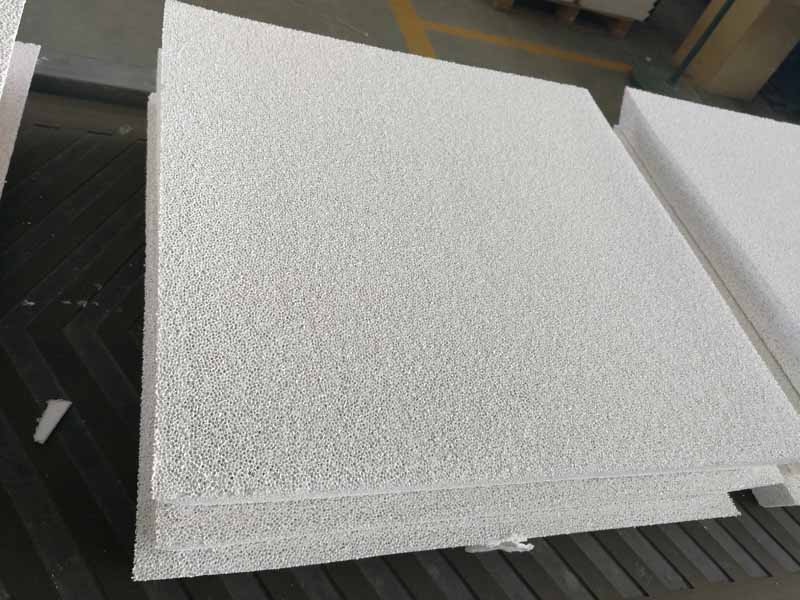
09 9月 The Possibility Of Removing Non-Metal Inclusions From The Aluminium With The Ceramic Filters
The Possibility Of Removing Non-Metal Inclusions From The Aluminium With The Ceramic Filters
The presence of non-metallic impurities that enter the melt during the entire process of melting and casting of liquid metal adversely affects the quality of the smelted metal. This is known to steelmakers, and casters, and metalworkers.
Overwhelmingly, non-metallic inclusions are refractory oxides with a melting point exceeding the melting temperature of steel. These are mainly oxides of magnesium, calcium, aluminum and silicon, which are part of the slag and lining material. A significant part of non-metallic inclusions is formed in the melt as a result of steel deoxidation . The solubility of oxides in pure iron is negligible or completely absent.
Non-metallic inclusions are most often represented as solid compact particles. The oxide films in the melt are in a liquid state, but have a viscosity significantly higher than the molten metal. The content of these impurities can be significantly reduced. This can be achieved with a whole range of measures, including high-quality slag cut-off, reduction of lining erosion of steelmaking units, steel troughs, steel casting and intermediate ladles, blowing the melt with inert gases, and also using metal filtration using various filtering options and methods.
Due to the fact that the fractional composition of non-metallic inclusions is in a very wide range – from fractions of a micron to tens of millimeters, the degree of metal purification and, accordingly, its quality depends on what cleaning methods were used in its production.

Oxides and gas bubbles, having a density several times lower than liquid iron, under certain conditions, which are described by well-known physical laws, are able to completely pass to the surface of the melt. However, the fulfillment of these conditions is practically impossible. In particular, with an increase in the residence time of molten metal in steelmaking units and a decrease in its viscosity, wear of the lining increases and secondary saturation of the liquid metal with non-metallic inclusions occurs. Intensive treatment of the melt with an inert gas makes it possible to remove no more than 15% of non-metallic inclusions, while most particles smaller than 50 microns in size remain in the liquid metal.
We would like to dwell on the most delicate method of metal purification, when saturation of the melt with non-metallic impurities is inevitable. This method consists in filtering the metal through ceramic foam filters and the ability to remove almost all available non-metallic inclusions and gas bubbles.
Filters are bulk ceramic foam made of highly refractory materials with a given number of holes and a specific surface area.
The melt cleaning mechanism using ceramic foam filters is quite complex and poorly understood, but, nevertheless, the cleaning efficiency in this way can be called unique. This can be confirmed by foundry workers who are able to use similar materials of foreign production to produce high-quality castings.
Depending on the Ceramic filter material and its configuration, it is possible to carry out both complete and selective degassing of the melt. When a contaminated metal passes through a filter, an EMF is induced inside the ceramic base, which can be controlled by the phase and chemical composition, as well as the specific surface of the ceramic and the metal flow rate. When flowing through a ceramic filter, the liquid metal stream, in addition to being purified, is further homogenized. This, of course, affects the quality of the casting.
The existing world experience in the use of ceramic foam filters for cleaning low-melting metals, as well as filtering steel by precision casting using investment casting, with appropriate structural improvements, will allow you to clean much larger volumes of liquid metal.
As filters overgrow at one level, the metal rises to the next level of filters, which may have a different structure and number of holes. The upper level of the holes in the partition has no filters. Thus, when casting metal according to its level, it is possible to control the quality of ingots for the content of non-metallic inclusions. It is possible to install “coarse” and “fine” filters in the openings in the partition.
Currently, together with a number of metallurgical enterprises, preparatory work is being carried out to test this method for cleaning liquid metal from non-metallic inclusions and testing the compositions and parameters of ceramic filters.


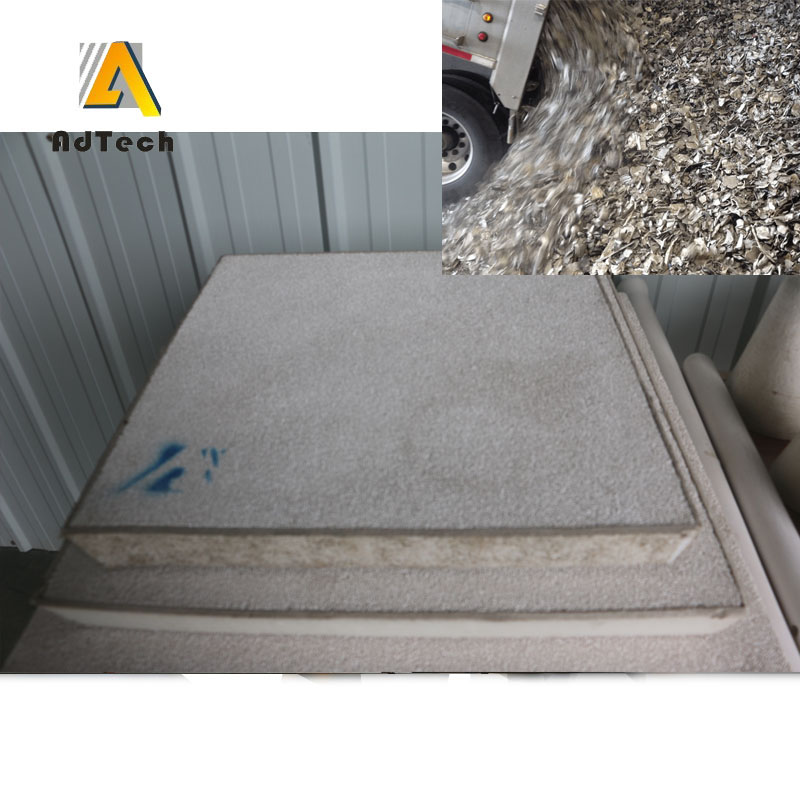
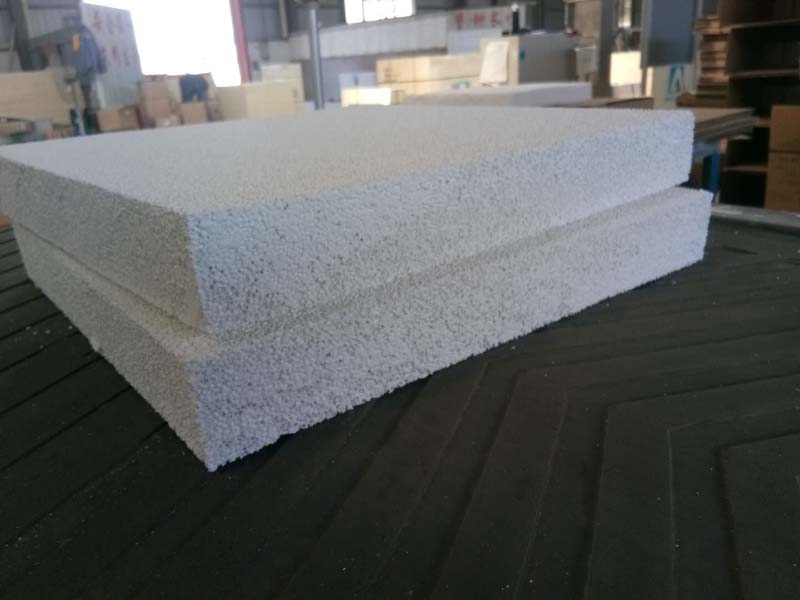
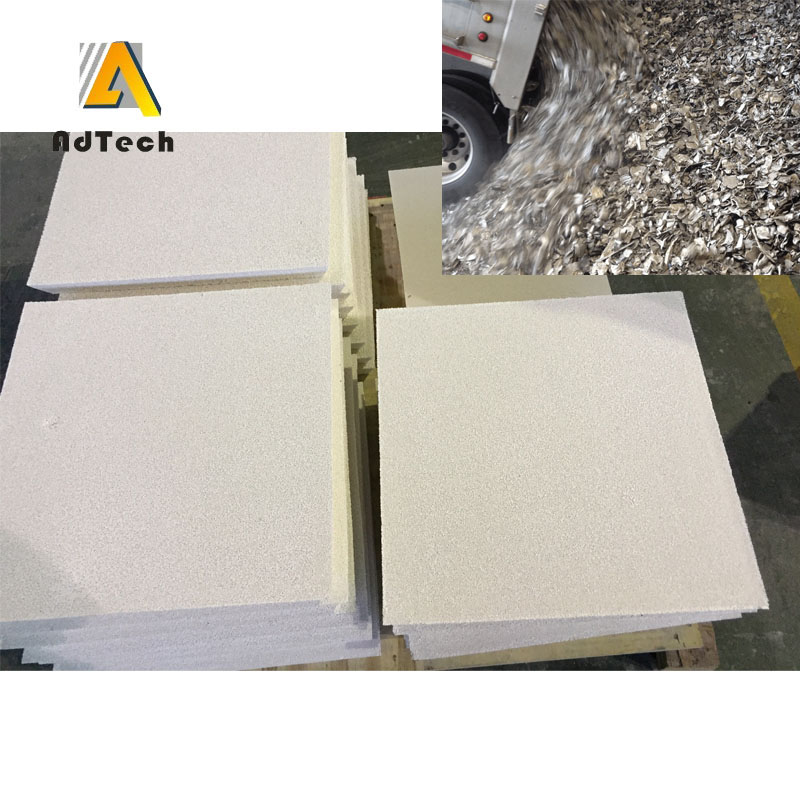
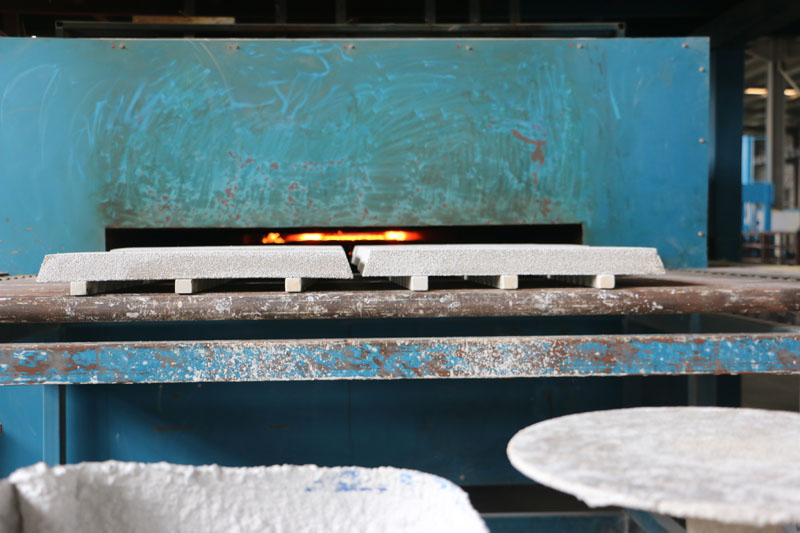
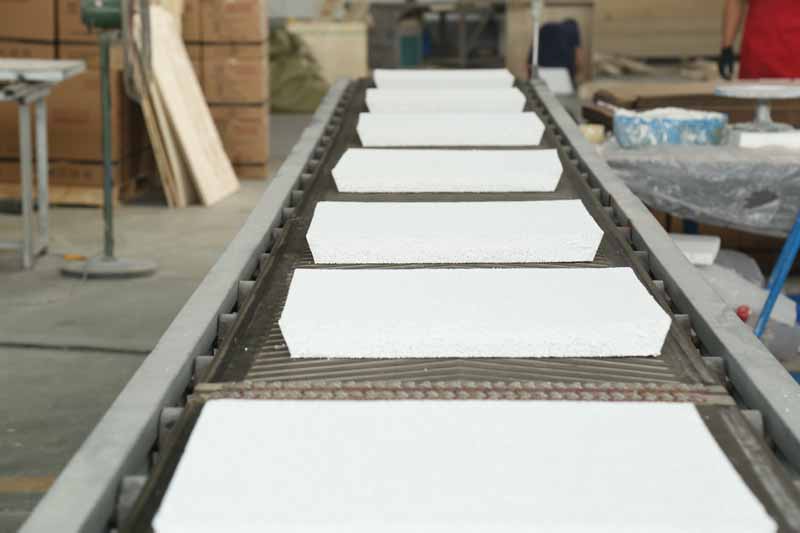
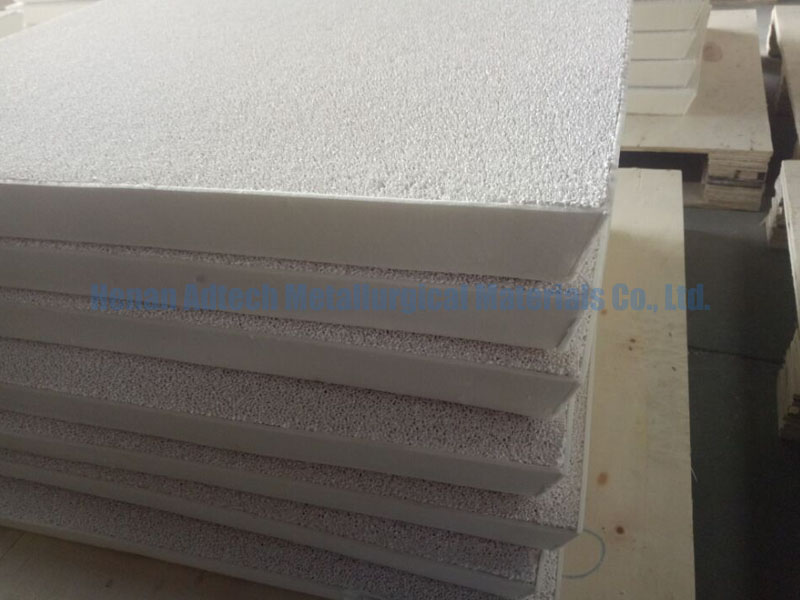
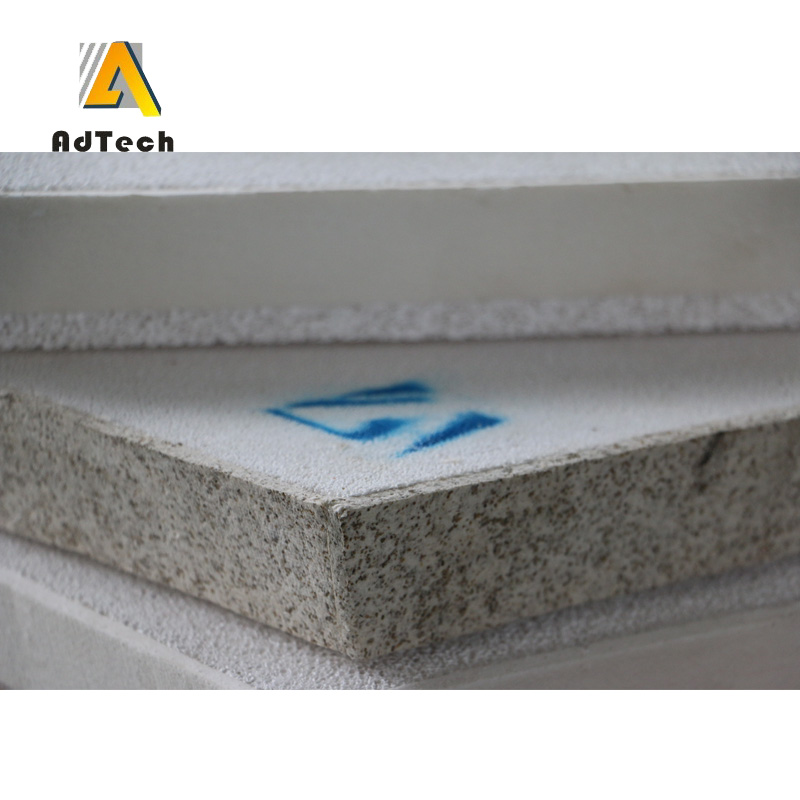
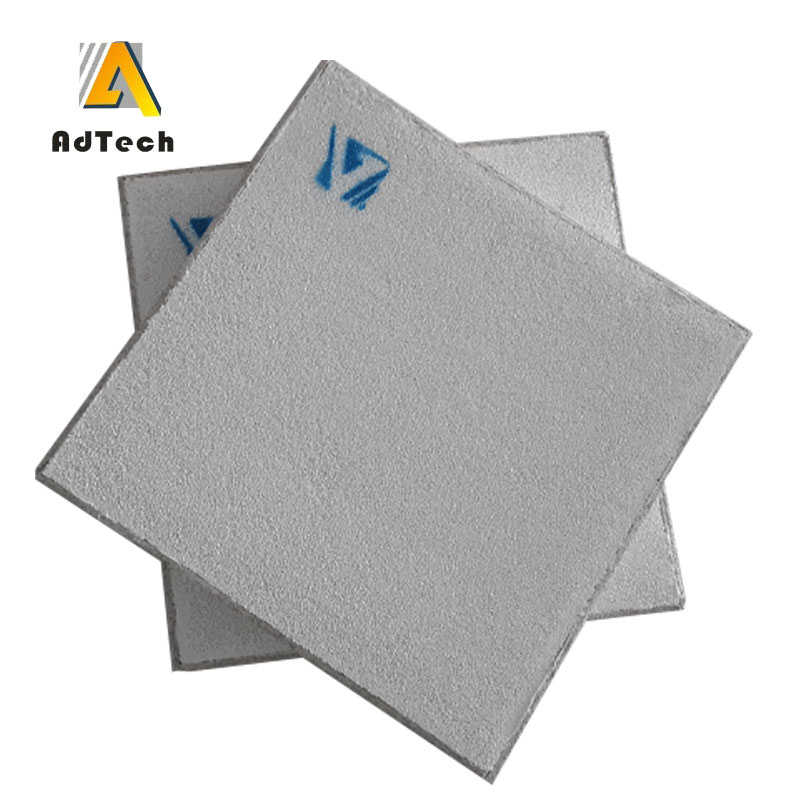
Sorry, the comment form is closed at this time.